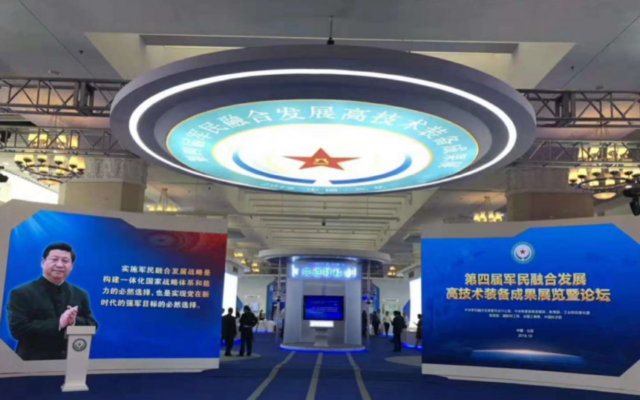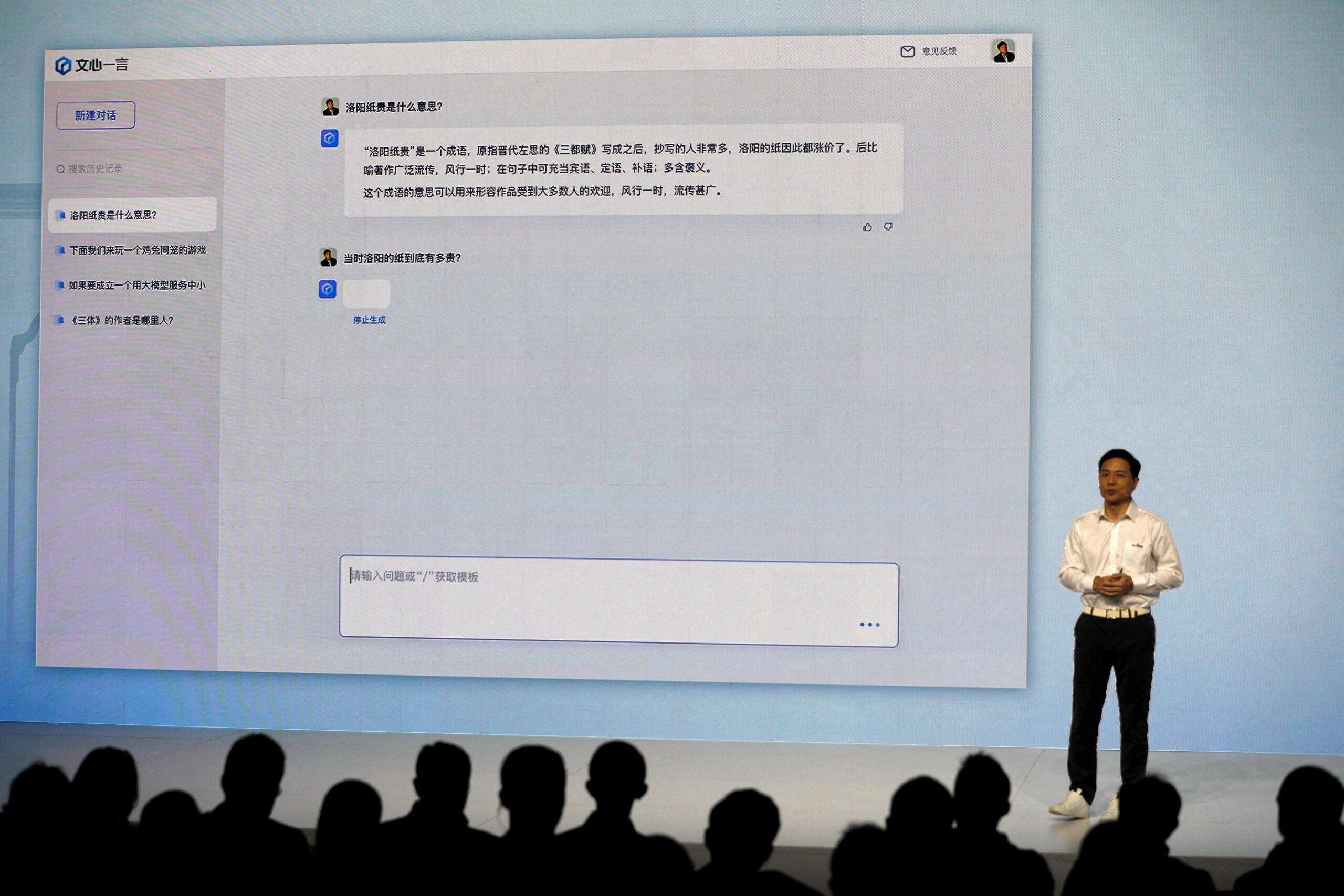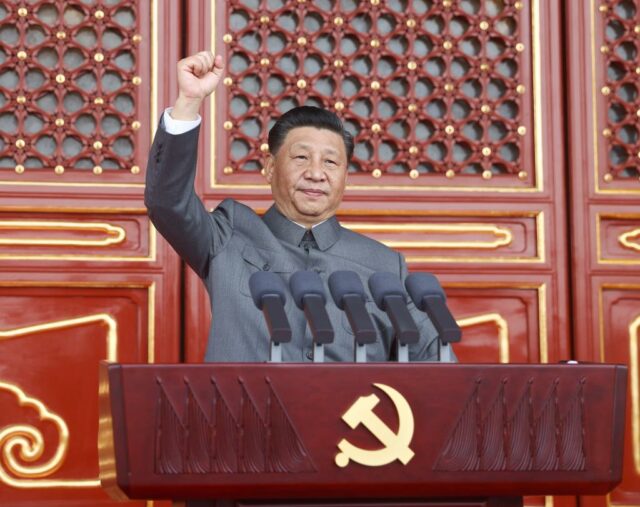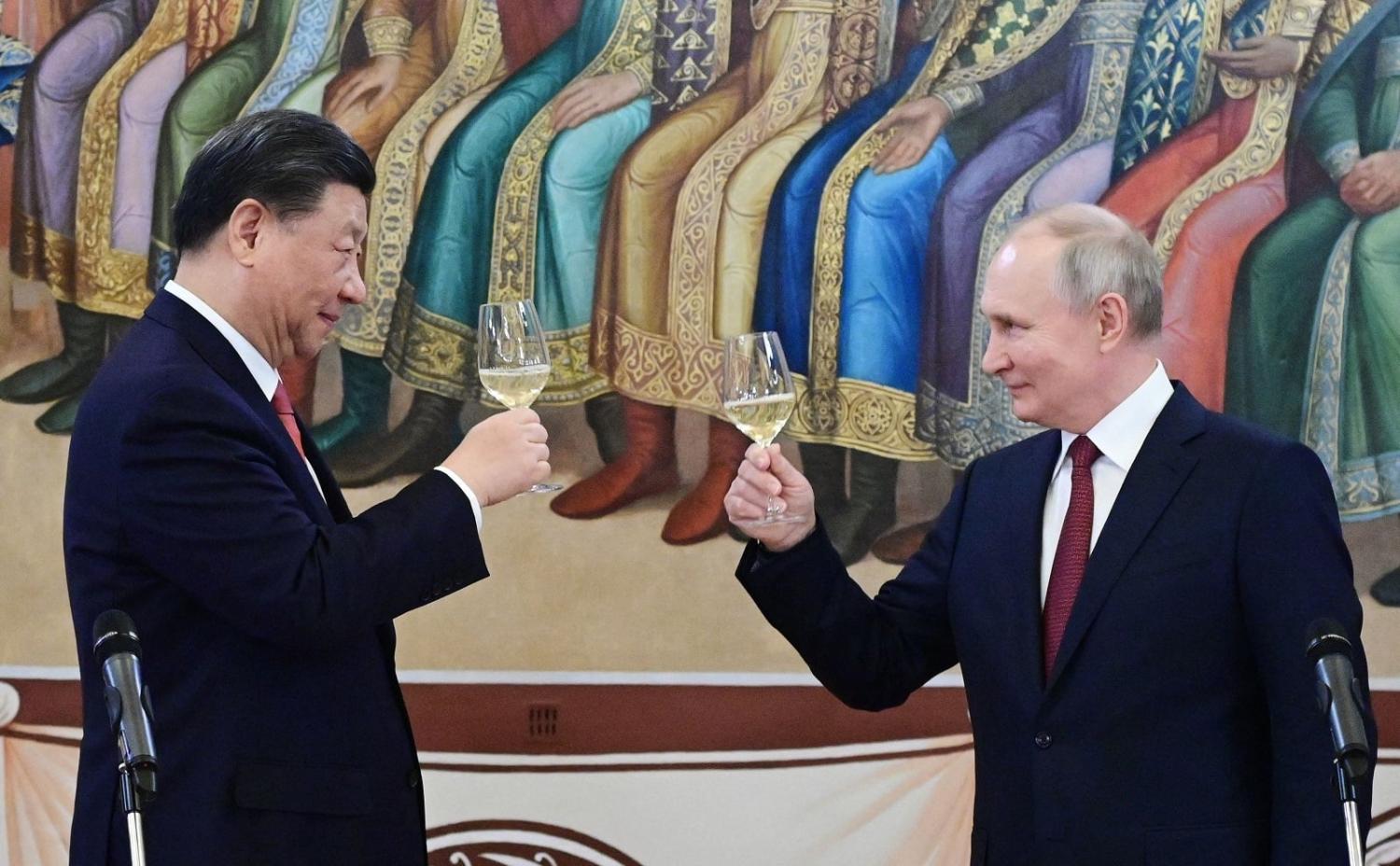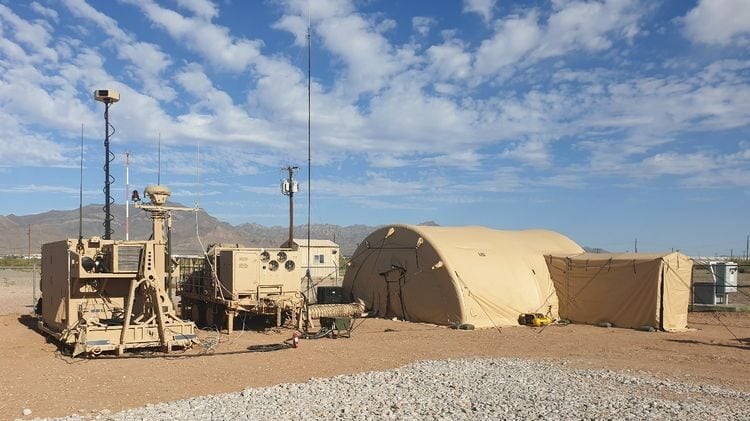Rajiv Kumar Srivastava- Defence Analyst
China is constantly keeping Indo- Tibet border issue alive. It creates headline and gets in to acrimonious domestic political discourse in India. In midst of these noises, operational preparedness of defence forces gets a backstage. How serious is Chinese PLA threat. There are many parameters to compare and gets a critical look at the end state of war. Defence forces all over the world take recourse to scenario build-up, play up various eventualities which may come up at tactical, operational and strategic levels and formulate military aim for the zone and PLA is no exception.
First and foremost in such scenario build up is scan of international and regional situations, basically to see various alignments with particular reference to neighbouring countries and their inter alia relations with the adversary. Herein, almost all the neighbouring countries of India are under Chinese obligations. They are not even expected to remain neutral towards India in war time. Pakistan may even actively collaborate with China to make it two front war a reality, thus dividing Indian strategic forces wide and separate. China and Pakistan will make efforts to revive terrorists activities in North, East and Left Wing Extremism. This also requires additional dedicated forces to manage rear area security. Russian dependence on China for military as well as economic help due to Ukrainian war precludes their direct support to India. Now, American is interested in waging war with China to safeguard their economic interest and designated battlefield away from their homeland. Indian dependence on foreign made weaponry system makes it vulnerable as weapons spare parts and constant supply of ammunition will be critical, if not a part of defence procurement clause.
Issue of Tibet is not discussed in detail in any forum or operational war rooms. A book, The Noodle Maker of Kalimpong: The untold story, written by Anne F Thurston and Gyalo Thondup, elder brother of HH Dalai Lama lays bare covert relations between Tibetan rebels and American CIA in training and sending young and dedicated band of youths to resist Chinese occupation since 1950. Status of this intelligence operation is ultra secret, but will have definite bearing on any full fledged war with China. This alliance between CIA and Tibetans in the past is the reason for severe criticism from China on any joint US- India defence forces exercise near Northern India – Tibet border.
The second issue is what may be trigger for a full scale war. Few perceived one are. A local incident with international fall out in East Laddakh , Doklam or any other part of Arunachal Pradesh , where PLA patrol may get bare hand thrashing beyond their apprehension, causing deaths to PLA soldiers. An incident at Indian Ocean, misfiring of missiles in to Tibet or upsrising of Tibetan against Chinese government, wherein they blame Indian government.
The third issue is, whether PLA will contact on the entire front of Indo- Tibetan border or seek outcomes on selected pockets. Answer comes from PLA four stage War Zone Concept itself. First postulate is External Calm, Internal pace, implying by maintaining false sense of talks and near absence of military activities near border areas , PLA to continue preparation for war quietly. In Tibet, PLA undertakes integrated training of their three services at Yanbaijan Training area located North West of Lhasa. Light tanks, Artillery and special units train for operations in the areas similar to Indo- Tibetan border. Troops from all other commands of PLA congregate here for real time training. Second postulate is Sharp Arm, Elite Force. It implies troops specially raised for higher altitude warfare. This has now been a regular feature at their training near Lhasa, wherein they bring in air borne or troops specifically trained to wage war in high altitude areas. Third postulate, Gain Initiative, Strike First gives out their constant state of alertness. PLA commanders are constantly probing for weaknesses on the border which they could utilise effectively. They have intentionally developed border disputes on Indo- Myanmar, Bhutan and Pakistan in Aksai Chin extending to Eastern Laddakh. Therefore, China instead of contacting all along Indo-Tibetan border areas, war will be restricted to few pockets of their choice. The fourth and final postulate, quick battle, quick resolution gives out short duration of war. These four postulates confirm to their overall strategy of Local War under high technology conditions.
Having gone through strategic and conceptual aspect, how PLA formulate its terminal objective synonymous with their military aim on Indo- Tibet border and force allocation in relation to this. For China, since 1950 their Terminal objective has been to gain legitimacy on land mass illegally occupied in Aksai Chin . For this purpose they have created artificial land dispute all along the border areas for swapping and burial of dispute. Therefore, it is crucial that they bring in adequate force level opposite Arunachal Pradesh and Doklam Plateau by designating them as Initial Objective of their claim. Thus, they will address all these disputed pockets along the border. Doklam and one or two more key areas will be designates as High Value Target near border for an early result. Now, this requires concentration of huge forces on Tibetan Plateau, drawn across China, which may not go unnoticed through high level of satellite sensors and surveillance. Maximum, PLA can concentrate their troops in garb of mega training. One thing which is worth mentioning here is that harsh weather conditions , limited number of axis available to them and Tibetan people sentiments are stacked against them. Their surprise factor may not work, giving an example of American claim that they had shared intelligence on movement of small detachment of PLA troops towards Yangtse , near Tawang in December 2022.
Ongoing Ukraine War is redefining rules of engagement . Morale of troops has been proved to be a key element in putting up stiff resistance and fight to the last. PLA conscripts devoid of ideological passion to fight for Communists China in Tibet will be crucial. In all the hand to hand fight with Indian Forces along Indo- Tibetan border they have witnessed valour and indomitable spirit of Indian soldiers. PLA troops are in panic and expressed reluctance to fight Indian soldiers. Emergence of Wenger, a group of convicted criminals fighting alongside Russian troops are making headlines. China is aware that a band of irregular dedicated youths will also rise against them and capable to disrupt their logistics severly. All the high technology war waging capabilities based on high speed processor will not work for PLA at high altitude plateau where circular error probability will be high. Human factors will override technological advantages .They may fire arrays of missiles to grab international headlines but with low morale of troops , they will not be able to hold too long against Agniveer, a band of Young Indian soldiers whose age profile , ability to sustain war stress and sense of nationalism will definitely have edge and war wining factor against PLA.

